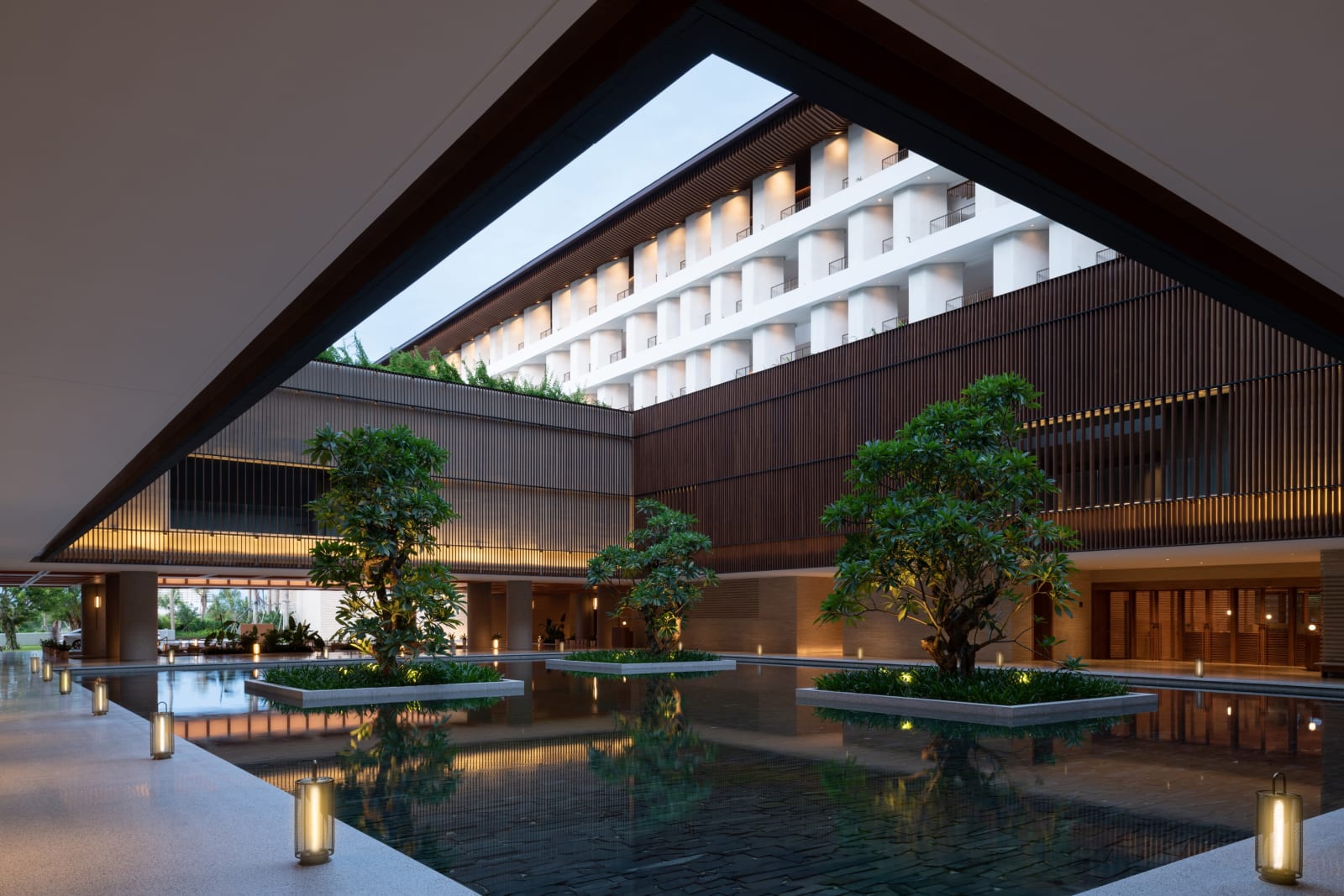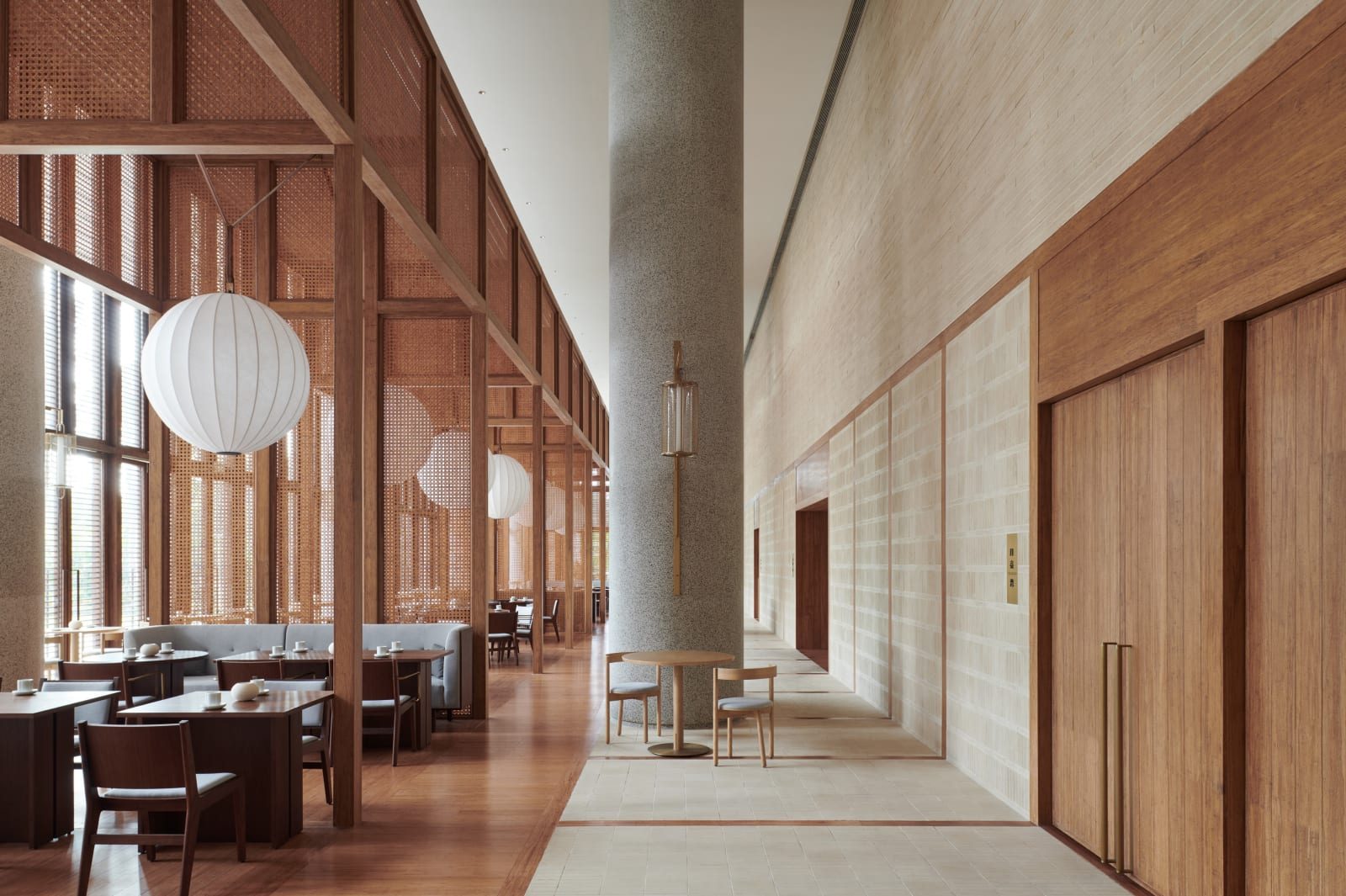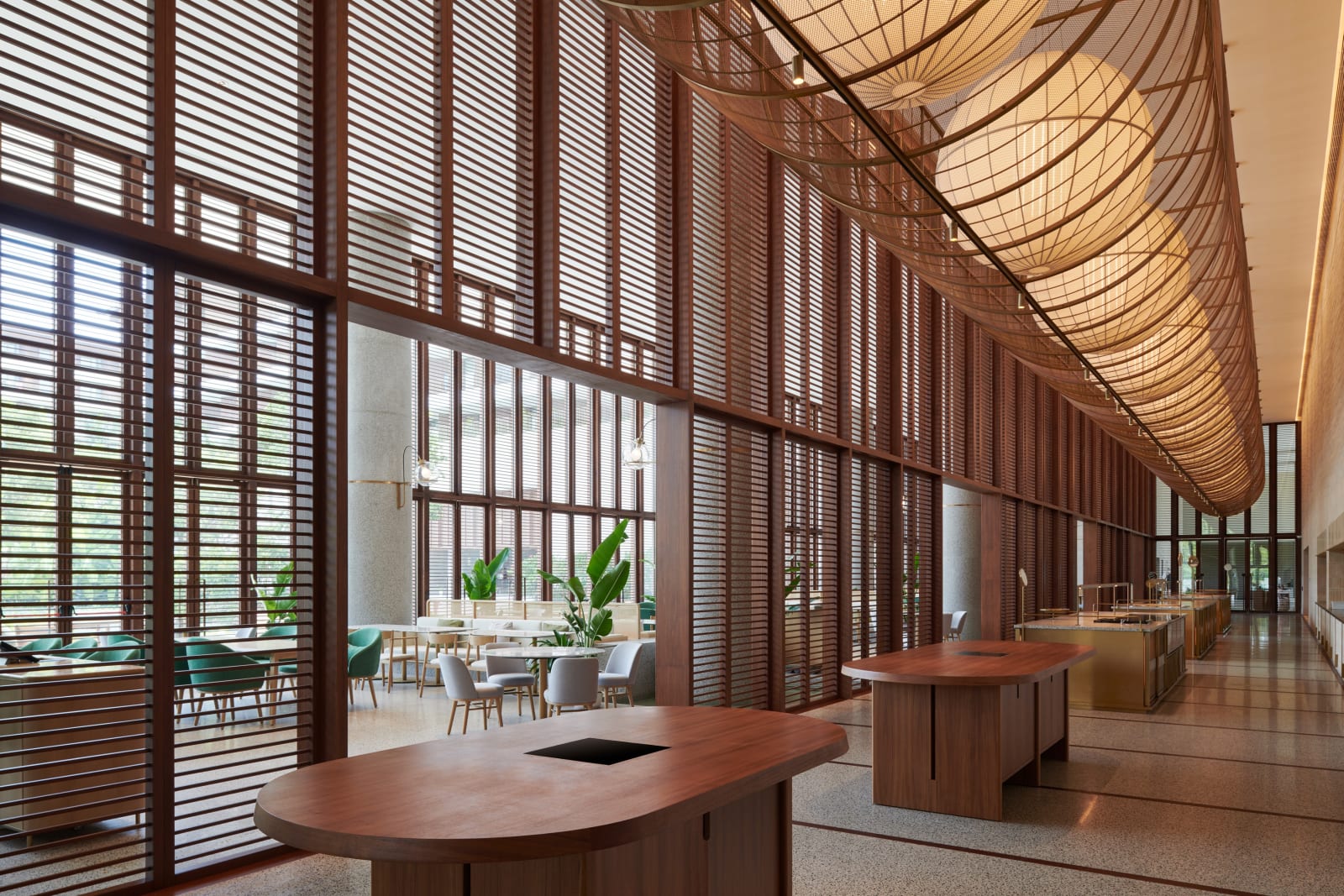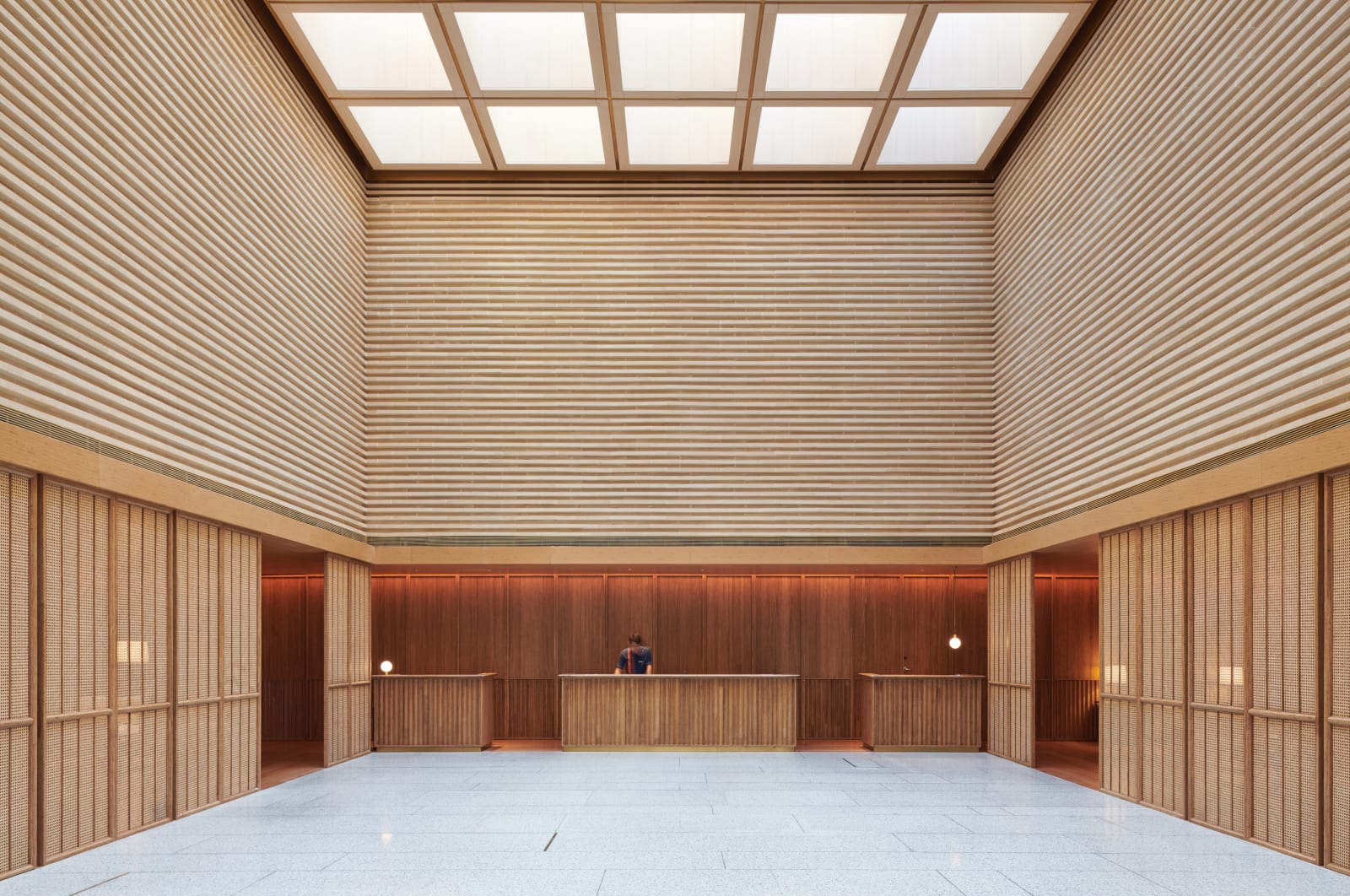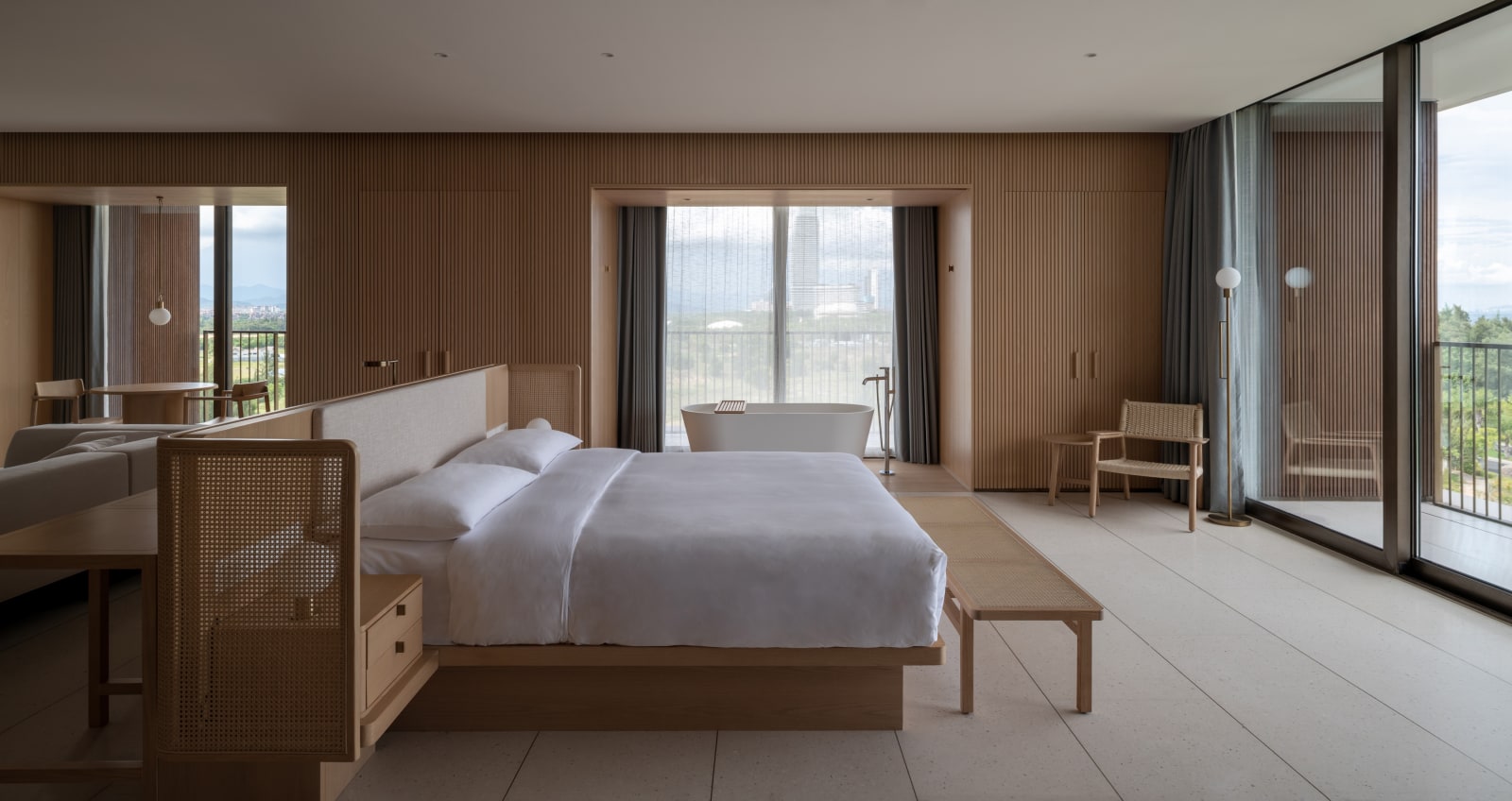-
Artworks










Sanya Wellness Retreat / The Mainland
Neri&Hu Design and Research Office / The MainlandFurther images
-
(View a larger image of thumbnail 1
)

-
(View a larger image of thumbnail 2
)
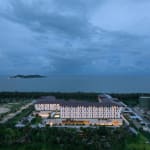
-
(View a larger image of thumbnail 3
)

-
(View a larger image of thumbnail 4
)

-
(View a larger image of thumbnail 5
)

-
(View a larger image of thumbnail 6
)

-
(View a larger image of thumbnail 7
)

-
(View a larger image of thumbnail 8
)

-
(View a larger image of thumbnail 9
)

-
(View a larger image of thumbnail 10
)

DFA Design for Asia Awards 2024 l Grand Award
ELEVATED WELLNESS
Designing a space that caters specifically to both the elderly and children is no easy feat. Neri&Hu tackled the challenge by drawing inspiration from the ancient Chinese walled city. Elevated on a robust plinth, the structure recalls the traditional practice of building fortifications surrounded by water, instilling a sense of stability and stability. This concept is further emphasised by the two L-shaped volumes that frame a tranquil water courtyard, the heart of the hotel, from which the public amenities radiate.
Embracing Nature and Light
The architecture seamlessly integrates traditional Chinese aesthetics with modern sensibilities. The lobby, designed as a garden landscape, features a floating lantern that filters gentle light, creating a serene atmosphere that embodies the slow pace of island life. The low ceilings cleverly frame views of the ocean, offering a sense of refuge while enhancing the connection to nature.
Craftsmanship Rooted in Tradition
What stands out in this design is the focus on local craftsmanship and blending modern materials with cultural heritage. Handmade clay bricks, inspired by the island’s collective memory, clad the masonry walls, while textiles and rugs draw influence from the Li minority tribe. Bamboo soaking and pressing techniques were employed alongside woven rattan and bronze accents, layering the design with textures that feel both authentic and sophisticated.
A New Benchmark for Wellness Design
This wellness retreat is an exemplary synthesis of tradition and innovation. It not only addresses the functional needs of the elderly and children but also creates an environment of relaxation and safety. The resort reimagines the Chinese concept of protection, transforming it into a space that fosters both wellness and cultural appreciation. By balancing architectural ingenuity with cultural sensitivity, it sets a new benchmark for hospitality design, particularly in the rapidly evolving wellness sector in Asia.
-
(View a larger image of thumbnail 1
)
